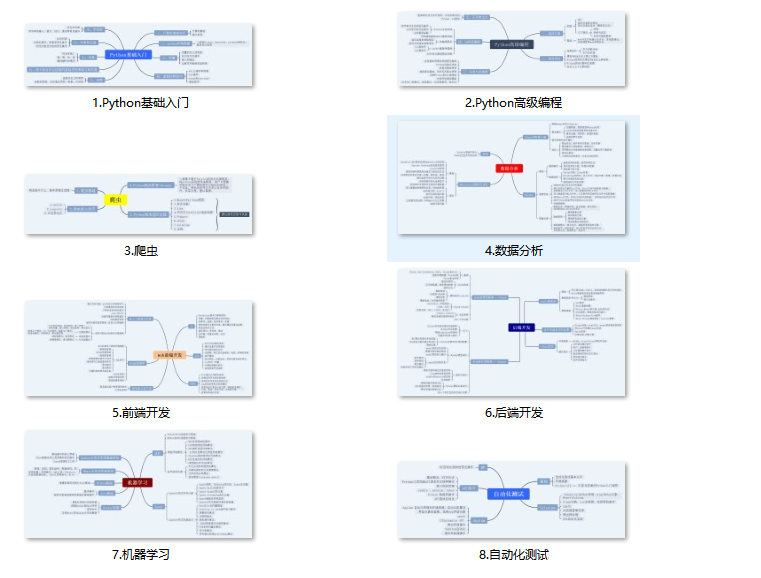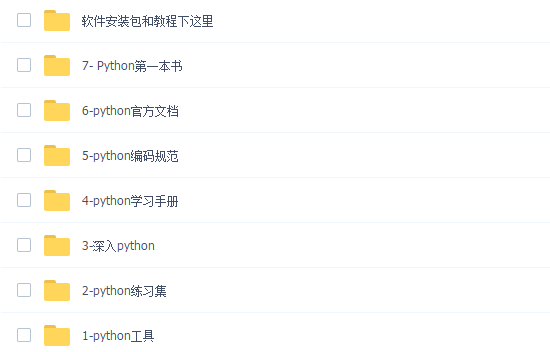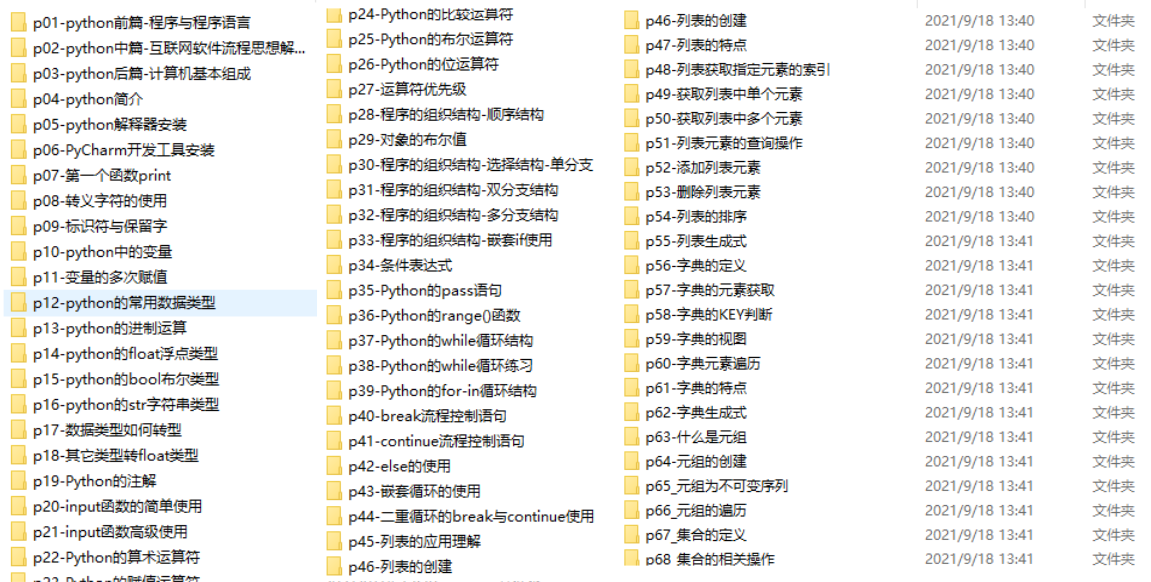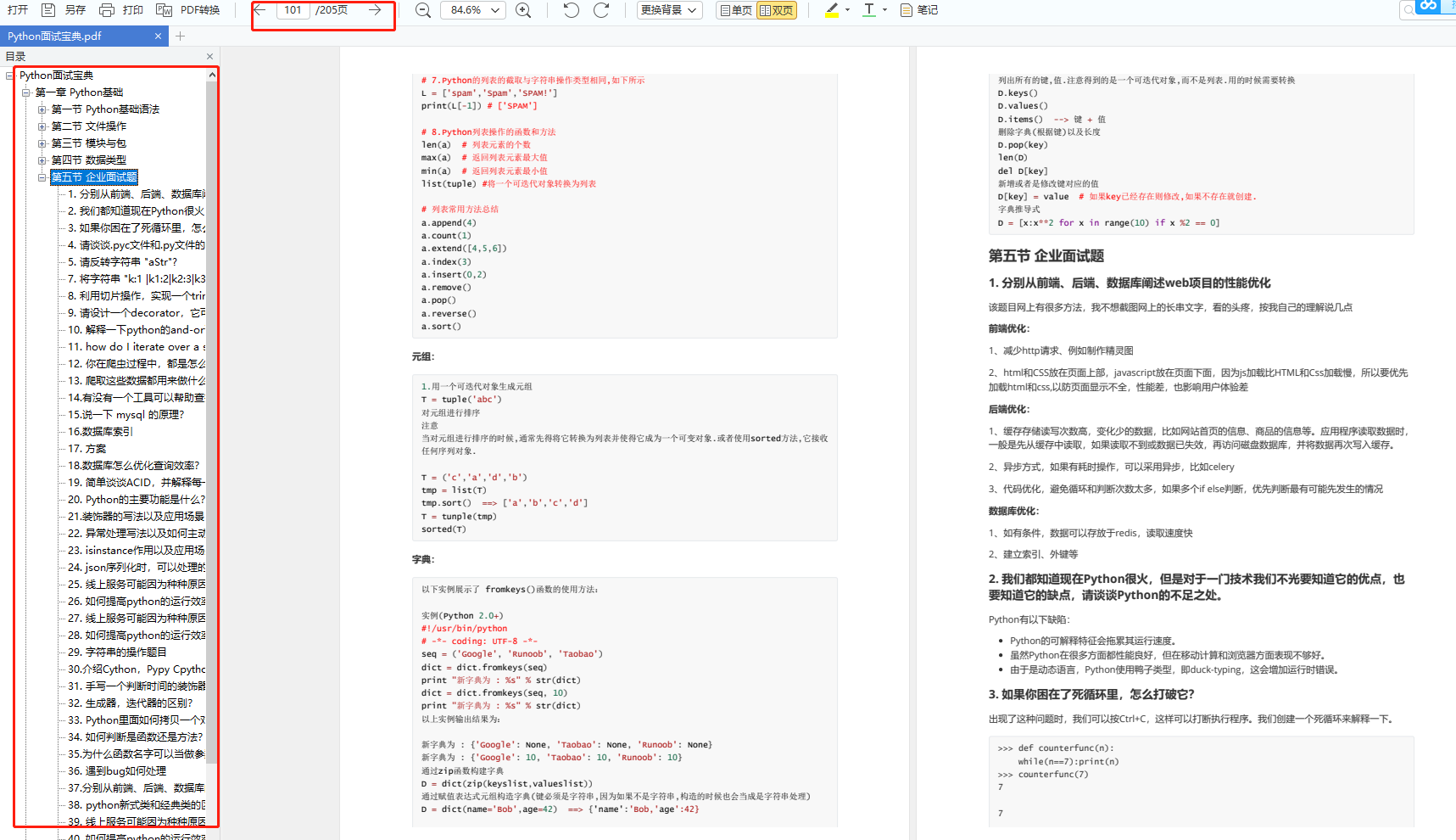Sometimes we have such a demand:
We define a Python method. The method receives some parameters, but we want to expose these parameters on the command line when calling.
For example, here is a crawling method:
import requests
def scrape(url, timeout=10):
response = requests.get(url, timeout=timeout)
print(response.text)
Here, a scratch method is defined. The first parameter receives the url, that is, the crawled url, and the second parameter receives the timeout, that is, the specified timeout.
When calling, we may call as follows:
scrape('https:///www.baidu.com', 10)
If we want to change the parameters and url, we have to change the code, right.
So sometimes we want to expose these parameters on the command line. At this time, we may use argparse and other libraries to declare the purpose of each parameter one by one. It is very cumbersome. The code is as follows:
parser = argparse.ArgumentParser(description='Scrape Function')
parser.add_argument('url', type=str,
help='an integer for the accumulator')
parser.add_argument('timeout', type=int,
help='sum the integers (default: find the max)')
if __name__ == '__main__':
args = parser.parse_args()
scrape(args.url, args.timeout)
In this way, we can smoothly use the command line to call this script:
python3 main.py https://www.baidu.com 10
Does it feel very troublesome? argparse is smelly and long. It's hard to think about it.
Fire
But next, we will introduce a library. With it, we only need two lines of code to do the above operation.
This library is called Fire. It can quickly add command-line parameter support for a Python method or class.
Let's take a look at the installation method first. Use pip3 to install:
pip3 install fire
So we can install it.
use
Let's look at some examples.
Method support
The first code example is as follows:
import fire def hello(name="World"): return "Hello %s!" % name if __name__ == '__main__': fire.Fire(hello)
Here, we define a hello method, then receive a name parameter, the default value is World, and then output the string Hello plus name.
Then we import the fire library, call its fire method and pass in the hello method declaration. What will happen?
We save this code as Demo1 Py, and then run it with Python 3:
python3 demo1.py
The operation results are as follows:
Hello World!
It doesn't look any different.
But if we run the following command at this time, we can see some magical things:
python3 demo1.py --help
The operation results are as follows:
NAME
demo1.py
SYNOPSIS
demo1.py <flags>
FLAGS
--name=NAME
Default: 'World'
As you can see, here it converts the name parameter into an optional parameter on the command line. We can replace the name parameter with - name.
Let's try:
python3 demo1.py --name 123
Here, we pass in a name parameter of 123. At this time, we find that the running result becomes the following:
Hello 123!
Is it very convenient? We can easily support and replace the command line parameters without argparse.
What if we cancel the default value of the name parameter? Rewrite the code as follows:
import fire def hello(name): return "Hello %s!" % name if __name__ == '__main__': fire.Fire(hello)
Run again at this time:
python3 demo1.py --help
You can see that the result becomes as follows:
NAME
demo1.py
SYNOPSIS
demo1.py NAME
POSITIONAL ARGUMENTS
NAME
NOTES
You can also use flags syntax for POSITIONAL ARGUMENTS
At this time, we find that the parameter name becomes a mandatory parameter. We must specify the content of this parameter in the command line, and the call will become the following command:
python3 demo1.py 123
The result is the same.
Class support
Of course, the fire library supports not only adding command line support to methods, but also adding command line support to a class.
Let's take another example:
import fire
class Calculator(object):
def double(self, number):
return 2 * number
if __name__ == '__main__':
fire.Fire(Calculator)
We save this code as demo2 Py, and then run:
python3 demo2.py
The operation results are as follows:
NAME
demo2.py
SYNOPSIS
demo2.py COMMAND
COMMANDS
COMMAND is one of the following:
double
As you can see, here it identifies the methods in the Calculator class. One of the commands is double. Let's try to call the following:
python3 demo2.py double
The operation results are as follows:
ERROR: The function received no value for the required argument: number Usage: demo2.py double NUMBER For detailed information on this command, run: demo2.py double --help
Let's say here that another parameter must be specified here, which is called NUMBER. At the same time, this parameter is still a required parameter. Let's try to add:
python3 demo2.py double 4
The operation results are as follows:
8
The correct result can be achieved at this time.
Therefore, in a comprehensive view, fire can be a class command line. Each command corresponds to the name of a method. At the same time, additional optional or required parameters are added after the command line parameters.
Rewrite
Finally, let's go back and add command line parameter support to the scratch method we defined at the beginning:
import requests
import fire
def scrape(url, timeout=10):
response = requests.get(url, timeout=timeout)
print(response.text)
if __name__ == '__main__':
fire.Fire(scrape)
That's it! Is it very convenient to omit the lengthy argparse code?
The call is in the following form:
NAME
main.py
SYNOPSIS
main.py URL <flags>
POSITIONAL ARGUMENTS
URL
FLAGS
--timeout=TIMEOUT
Default: 10
It is said here that URL is a required parameter and timeout is an optional parameter.
The last call is:
python3 main.py https://www.baidu.com
In this way, we can easily pass the url through the command line.
Of course, timeout is also an optional value. We can specify the timeout parameter through - timeout:
python3 main.py https://www.baidu.com --timeout 5
In this way, the two parameters can be assigned successfully. The final effect is to climb Baidu and timeout for 5 seconds.
What about? Isn't it convenient? Let's use it quickly!
"Python experience sharing"
It's good to learn Python well, whether in employment or sideline, but to learn python, you still need to have a learning plan. Finally, I'll share a full set of Python learning materials for free to give some help to those who want to learn Python!
1, Python learning routes in all directions
All directions of Python is to sort out the commonly used technical points of Python and form a summary of knowledge points in various fields. Its purpose is that you can find corresponding learning resources according to the above knowledge points to ensure that you learn more comprehensively.

2, Learning software
If a worker wants to do well, he must sharpen his tools first. The commonly used development software for learning Python is here, which saves you a lot of time.

3, Getting started video
When we watch videos, we can't just move our eyes and brain without hands. The more scientific learning method is to use them after understanding. At this time, the hand training project is very suitable.

4, Actual combat cases
Optical theory is useless. We should learn to knock together and practice, so as to apply what we have learned to practice. At this time, we can make some practical cases to learn.

5, Interview materials
We must learn Python in order to find a high paying job. The following interview questions are the latest interview materials from front-line Internet manufacturers such as Alibaba, Tencent and byte, and Alibaba boss has given authoritative answers. After brushing this set of interview materials, I believe everyone can find a satisfactory job.


This complete set of Python learning materials has been uploaded to CSDN
If you need it, you can scan the official authentication QR code of CSDN below on wechat and get it for free [guarantee 100% free].
